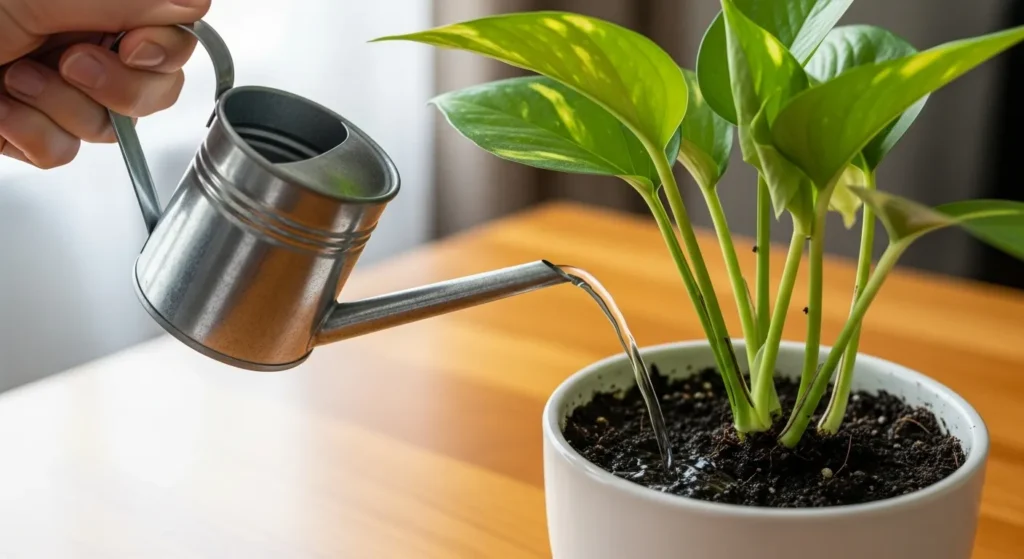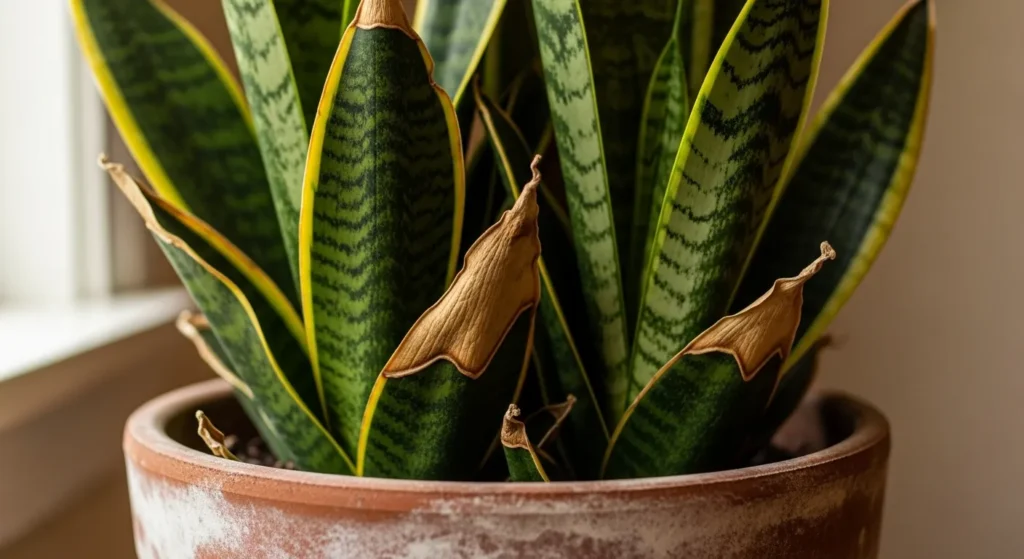Indoor plants need nutrients to stay healthy. Soil in pots loses key elements over time. Regular feeding helps them grow strong leaves and roots. This guide covers when and how to fertilize. It draws from trusted sources to keep your plants thriving.
Why Fertilize Indoor Plants?
Plants use light to make food. But they pull nutrients from soil too. Pots limit fresh supply. Fertilizer adds back what gets used up. It boosts growth and fights pests.
Key nutrients include nitrogen for leaves, phosphorus for roots, and potassium for strength. These form the NPK ratio on labels. A balanced mix like 10-10-10 works for most houseplants.
Without feeding, plants show pale leaves or slow growth. Proper care prevents this.
When to Fertilize Indoor Plants
Time feeding to match growth cycles. Most plants grow in spring and summer. Rest in winter.
Start in early spring. For many areas, begin around March. This is when days get longer.
Fertilize every 3 to 4 weeks during growth. Stop by late fall. Avoid winter unless your plant blooms then.
In warm climates, feed year-round at half strength.
Apply in the morning. Wet soil first to aid uptake.
| Season | Schedule | Notes |
|---|---|---|
| Spring (March-May) | Every 3-4 weeks, half strength | Build up as growth starts |
| Summer (June-August) | Every 2-4 weeks, full strength | Peak growth time |
| Fall (September-October) | Every 4 weeks, reduce amount | Taper off |
| Winter (November-February) | None | Plants rest due to low light |
This table fits common houseplants like pothos or snake plants.
Types of Fertilizer for Indoor Plants
Choose based on ease and plant needs.
- Liquid: Mix with water. Use often. Good for quick boost.
- Granular: Sprinkle on soil. Lasts longer. Apply monthly.
- Slow-release: Pellets or spikes. Feeds for 3-4 months. Low risk of burn.
- Organic: From plants or animals. Mild and natural. Try worm castings.
For foliage plants, pick high nitrogen. Flowering ones need more phosphorus.
Read labels. Use houseplant-specific formulas.
How to Apply Fertilizer Step by Step
Follow these steps for safe feeding.
- Check plant health. Skip if stressed or new in pot.
- Water soil lightly first.
- Mix fertilizer per label. Dilute to half for safety.
- Pour on soil, not leaves.
- Water again if needed to spread nutrients.
- Empty saucer to avoid salt buildup.
For slow-release, push into soil edges.
Signs your plant needs fertilizer: Yellow leaves, weak stems, no new growth.

Fertilizing Schedules for Common Indoor Plants
Adjust for light and pot size. Low light means less feeding.
- Pothos or Philodendron: Every 4 weeks in growth season. Balanced NPK.
- Succulents: Every 6 weeks. Low nitrogen.
- African Violets: Weekly dilute mix. High phosphorus for blooms.
- Orchids: Every 2 weeks. Special formula.
Track with a calendar. Note last feeding date.
Signs of Overfertilization and How to Fix It
Too much harms roots. Watch for brown tips, wilted leaves, white crust on soil.
Fix by flushing soil. Run water through pot for minutes. Trim damaged parts. Wait 4 weeks before feeding again.
Underfertilization shows slow growth. Test soil if unsure.

Winter Fertilizing Tips
Most plants slow down in winter. Low light and cool air reduce needs.
Skip feeding. Focus on light and water.
For winter bloomers like poinsettias, feed lightly.
Link to more on cold care: Winter Plant Care Tips for Indoor Houseplants
Homemade Fertilizer Options
Try natural mixes for low cost.
- Banana peels: Soak in water. Use liquid for potassium.
- Eggshells: Crush and mix in soil for calcium.
- Coffee grounds: Add to topsoil for acidity-loving plants.
These add value but use sparingly. Combine with store-bought for balance.
Best Practices for Healthy Plants
- Repot every 1-2 years with fresh soil.
- Match fertilizer to plant type.
- Test water pH. Aim for 6-7.
- Combine with good light and watering.
For plants in dim spots, see Low-Light Plants That Thrive in Dark Rooms
Build stands for better display: DIY Plant Stand Projects Under $30
Try water growing: Hydroponic Gardening at Home: Beginner Guide
Frequently Asked Questions
How do I know if my plant needs fertilizer? Look for pale or yellow leaves.
Should I fertilize new plants? Wait 4-6 weeks after repotting.
What if I overfertilize? Flush soil and pause feeding.
Can I use outdoor fertilizer indoors? No, dilute if you must.
Is organic better? It builds soil health over time.
